July 2, 2024 | 11:11 GMT +7
July 2, 2024 | 11:11 GMT +7
Hotline: 0913.378.918
July 2, 2024 | 11:11 GMT +7
Hotline: 0913.378.918
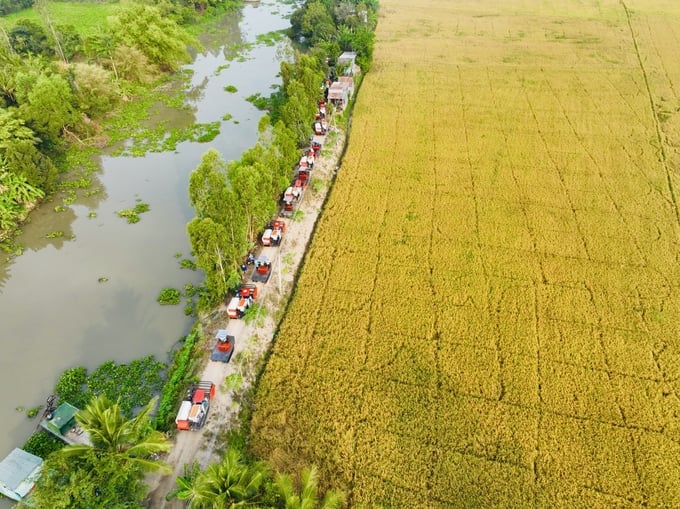
The alarming state of soil health demands urgent action to protect agricultural land, with an emphasis on the quantity and quality of rice farming land. Photo: Illustrations.
According to the 2022 land inventory data from the Ministry of Natural Resources and Environment, and as stated in Decision No. 3048/QD-BTNMT dated October 18, 2023, Vietnam's total rice farming land area is estimated at 3,930,351 hectares. This area includes 3,190,965 hectares of dedicated wet rice fields and 739,366 hectares of other and upland rice fields. Within this group, 114,000 hectares of agricultural land are severely degraded; 1,655,000 hectares are moderately degraded; and 3,308,000 hectares are slightly degraded, according to the 2021 nationwide soil survey and assessment conducted by the Ministry of Natural Resources and Environment.
Primary causes for agricultural land degradation include: reduced soil fertility; intensive farming practices such as multiple crop cycles per year; incompatible irrigation methods such as continuous large droplet sprinkler irrigation; inadequate soil cover leading to surface and depth erosion; excessive use of inorganic fertilizers and conversely, insufficient use of organic fertilizers, resulting in soil impoverishment, nutrient imbalances, and deficiencies in secondary and trace elements, organic matter. Notably, according to a report on the current status and management of soil health towards sustainable crop production conducted by the Ministry of Agriculture and Rural Development, the average fertilizer usage rate in the Mekong Delta region falls at 1,071 kilograms per hectare of farming land, which is 42% higher than the national average. Other contributing factors to the degradation of agricultural land include the overuse of pesticides in production, and the rapid pace of urbanization and population growth in recent years.
The alarming state of soil health demands urgent action to protect agricultural land, with an emphasis on the quantity and quality of rice farming land.
The protection of rice farming land involves maintaining 3.5 million hectares of rice fields nationwide; and ensuring an annual rice yield of at least 35 million tons in order to promote food security. These tasks, targeted for completion in 2030, have been highlighted in the Politburo's Conclusion No. 81-KL/TW on national food security dated July 29, 2020.
Furthermore, protection efforts involve effectively utilizing rice farming land fund through strict planning and management; establishing detailed criteria for the allocation of rice farming land in land use planning; protecting specialized, high-yield, high-quality rice farming areas; and facilitating adjustments to the crop and livestock structure on rice farming land.
On the other hand, stakeholders are required to prioritize the protection of soil health; adjust farming practices and fertilizer, pesticide usage habits; conduct thorough surveys and assessments on the quality of rice farming land by utilizing a comprehensive and compatible set of soil health criteria.

Articles No. 55, 56, 57, 71, and 72 under the Law on Crop Production stipulate the use and protection of farming land. Photo: Illustrations.
Within the last few years, the National Assembly, the Government, and various ministries have issued multiple documents and policies pertaining to the protection of rice farming land. Notably, Article 134 under the 2013 Land Law, specifies:
(i) The State has implemented policies to protect rice farming land; restrict the conversion from rice farming land to non-agricultural land; and support investments in infrastructure development and the application of modern science and technology in planned high-yield, high-quality rice farming regions;
(ii) Rice farming landowners are responsible for improving soil fertility. They are prohibited from converting the land for perennial crop, forestry, aquaculture, salt production, or non-agricultural purposes without permission from competent State authorities.
(iii) Entities allocated or leased rice farming land for non-agricultural purposes must pay a fee to compensate for the lost rice farming area or enhance the efficiency of rice farming land use, as per government regulations.
Articles 55, 56, 57, 71, and 72 under the Law on Crop Production further regulate the use and protection of farming land, specifying that stakeholders must establish crop structures based on the physical and chemical properties of the soil, the biological characteristics of crops, and the level of scientific and technological development. These articles specifically require that the conversion of crop structure on rice farming land must comply with land use planning and maintain the necessary conditions for rice re-cultivation. Furthermore, they highlight the importance of protecting and utilizing the topsoil layer of dedicated wet rice fields; environmental friendliness in agricultural practices; and supporting the transition of crop structures on various types of land, including sloping, low-lying, acidic, saline, coastal sandy areas, and regions at risk of desertification. Regular soil quality assessments are also necessary for the implementation of sustainable improvement and utilization measures.
With the aim of implementing the 2013 Land Law and the 2018 Law on Crop Production, various government decrees such as Decree No. 35/2015/ND-CP on the management and use of rice farming land; Decree No. 62/2019/ND-CP amending Decree No. 35/2015/ND-CP; and Decree No. 94/2019/ND-CP detailing the implementation of the Law on Crop Production with regards to crop varieties and cultivation; outlined the procedures for crop structure conversion on rice farming land, topsoil protection for specialized wet rice fields, and the obligation to pay a fee when converting rice farming land into non-agricultural land. This fee is intended to compensate for the loss of dedicated wet rice field areas or to enhance the efficiency of rice farming land use.
Regions with rice farming areas are eligible for a financial support of 1,000,000 VND per hectare per year for dedicated wet rice fields; and 500,000 VND per hectare per year for other rice farming lands, with the exception of spontaneously expanded upland rice farming areas that are not included in the local rice farming land use plans.
However, new requirements necessitate the protection of rice farming land in terms of quantity, area, as well as soil health.
The new 2024 Land Law includes detailed provisions for surveying, assessing soil quality and land potential, which involve mapping soil quality and land potential, creating and updating soil quality data; assessing land degradation and pollution; and monitoring soil quality, degradation, pollution on a five-year cycle.
Provincial People's Committees are tasked with organizing, approving, and publishing the results of local land surveys; developing and implementing plans for the protection, improvement, and restoration of degraded and polluted land areas; and updating the national land database.
However, the in-development Decree on basic land surveys must specify survey methods and content with regards to the management requirements for different land types (rice farming land, forestry land, agricultural land, etc.) Furthermore, the Decree must aim to integrate basic land survey activities (quantitative and qualitative assessments) with cadastral mapping and the establishment of general and specific databases to support crop production.
In this regard, the agriculture and rural development sector is responsible for: improving existing standards for assessing the quality of rice farming land in accordance with climate resilient agricultural production goals; developing the rice industry with regards to Vietnam's currently outdated standards for agricultural land quality; establishing a set of criteria for assessing the health of rice farming land that comply with guidelines and recommendations from international organizations such as the FAO; building digital data and maps on soil health to integrate information on soil quality, climate conditions, irrigation water, fertilizers, pesticides, ecological requirements of crops, and market information. These digital assets facilitate effective land use, improvement, and soil health enhancement. Accordingly, local governments are responsible for designating specialized agencies to manage agricultural soil health at the local level.
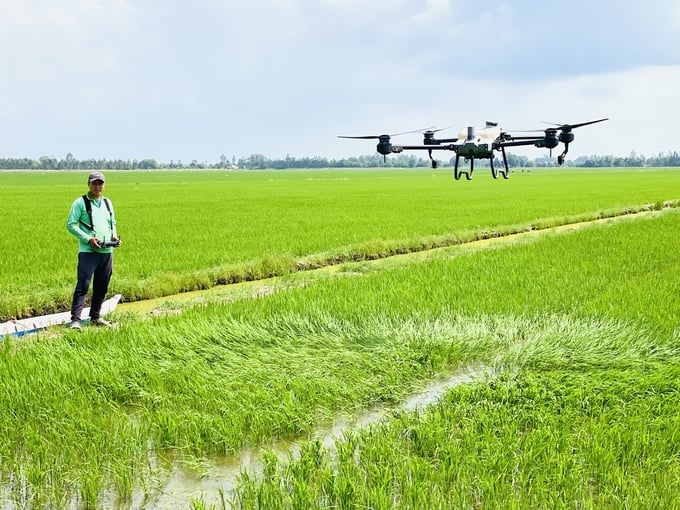
The allocation of rice farming land must be clearly defined in land use planning and zoning, with strict criteria for protected rice farming areas, which may include high-yield, high-quality regions. Photo: Illustrations.
Article 65 under the 2024 Land Law stipulates that provincial land use planning must delineate areas that require strict management, including rice farming land, special-use forest land, protection forest land, and natural forest production land.
Decrees detailing select provisions under the Land Law and decrees specifically concerning rice farming land, which are currently being drafted by the Ministry of Natural Resources and Environment and the Ministry of Agriculture and Rural Development, must clearly outline criteria for the allocation of rice farming land in land use planning; and the criteria for rice farming land that requires strict protection. Additionally, these criteria should include high-yield, high-quality regions with suitable soil and climate conditions, favorable transportation and irrigation infrastructure, and contiguous plots to form concentrated, climate resilient rice farming areas.
The State must implement investment policies for high-yield, high-quality rice farming areas that require strict protection in local land use plans. These policies will support investments in infrastructure, the application of modern science and technology, and capital support for the rice production process, which includes seeds, cultivation, preliminary processing and commercial processing. The conversion from protected rice farming land to non-agricultural land must be minimized to promote the effectiveness of State policies and investments in infrastructure and modern technology.
Regarding rice farming areas not designated for strict protection, flexible use and conversion of crop, livestock structures should be permitted to enhance land use efficiency and increase the income of rice farmers.
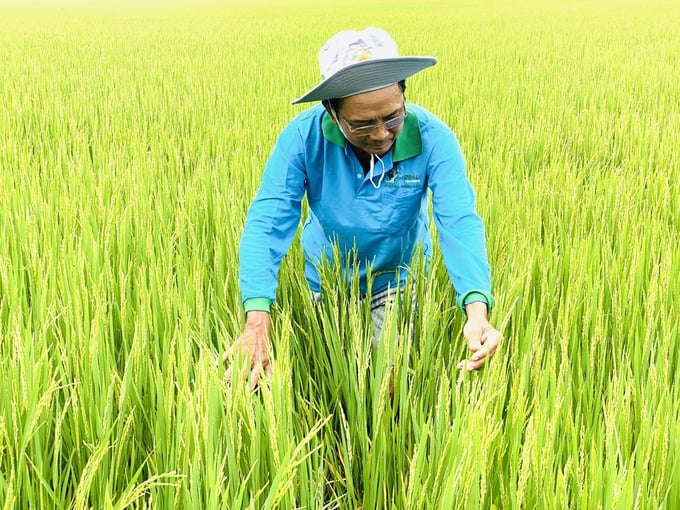
Stakeholders must adopt a realistic and comprehensive approach to the management and use of rice farming land. Photo: Illustrations.
Local governments must focus on managing and improving soil health by implementing investment policies and encouraging the adoption of new agricultural methods, models, and cultivation systems to gradually foster a shift away from overreliance on agricultural inputs. The agriculture and rural development sector must develop and improve production processes with regards to the various types of land, including sloping, low-lying, acidic, saline, sandy coastal areas, and regions at risk of desertification. Planning for large-scale, concentrated production areas based on soil health data is essential to enhance product value and reduce input costs. Training and workshops to educate farmers on soil health protection and crop nutrient management is also crucial, with an emphasis on the impacts of soil degradation, climate change, and saltwater intrusion. This approach aims to foster a sustainable, nature-friendly agricultural production system for future generations.
It is time for Vietnam to adopt a realistic and comprehensive approach to the management and utilization of rice farming land. Accordingly, soil health is a fundamental agricultural issue that extends beyond soil science.
Translated by Nguyen Hai Long
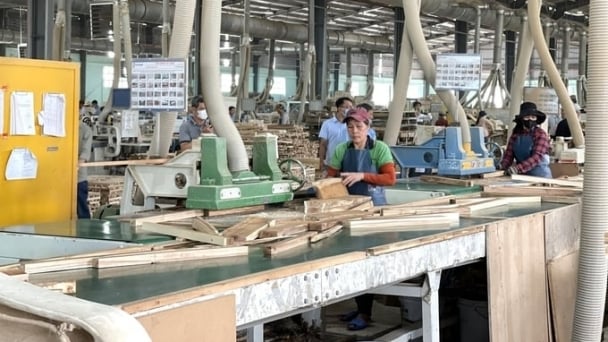
(VAN) The banking system in Binh Dinh implemented a 15 trillion VND credit package; however, local businesses in the wood industry claim they are unable to access this funding.

(VAN) The Khe Sanh Agriculture Cooperative, consisting of 30 official members and 115 link members, including 7 groups, is working together with the Van Kieu people to produce OCOP high-quality specialty coffee.
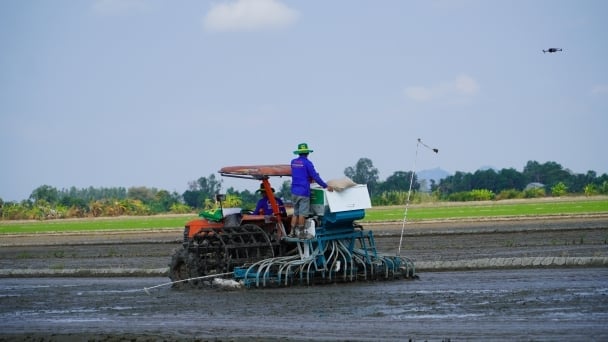
(VAN) The Ministry of Planning and Investment, MARD, and Mekong Delta localities met to discuss the use of loan capital from the World Bank (WB) to implement the project of 1 million hectares of high-quality rice.
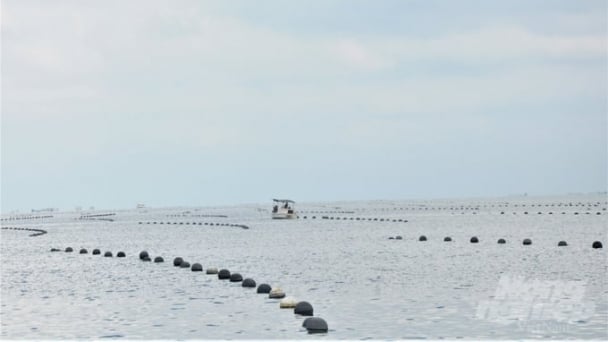
(VAN) Unapproved marine spatial planning and the elaborate procedures for allocating marine surface areas pose significant challenges to the development of mariculture.
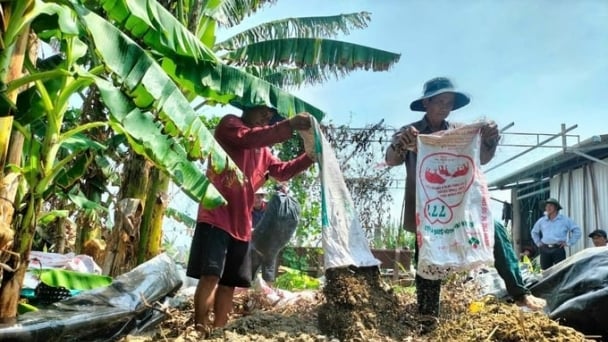
(VAN) Ben Tre has established 115 community agricultural extension groups with around 800 active members, serving as an extension of the agricultural sector.
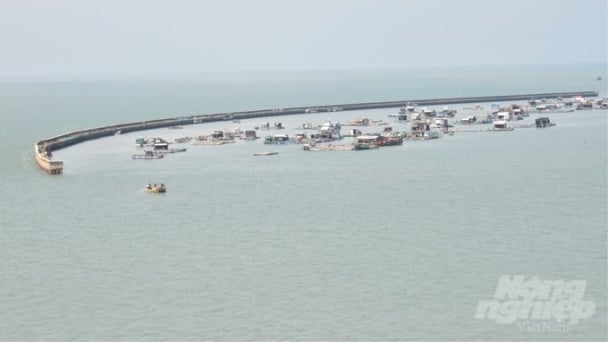
(VAN) With the aim of developing a strong marine economy, Kien Giang invited major corporations and businesses to invest in its mariculture sector.